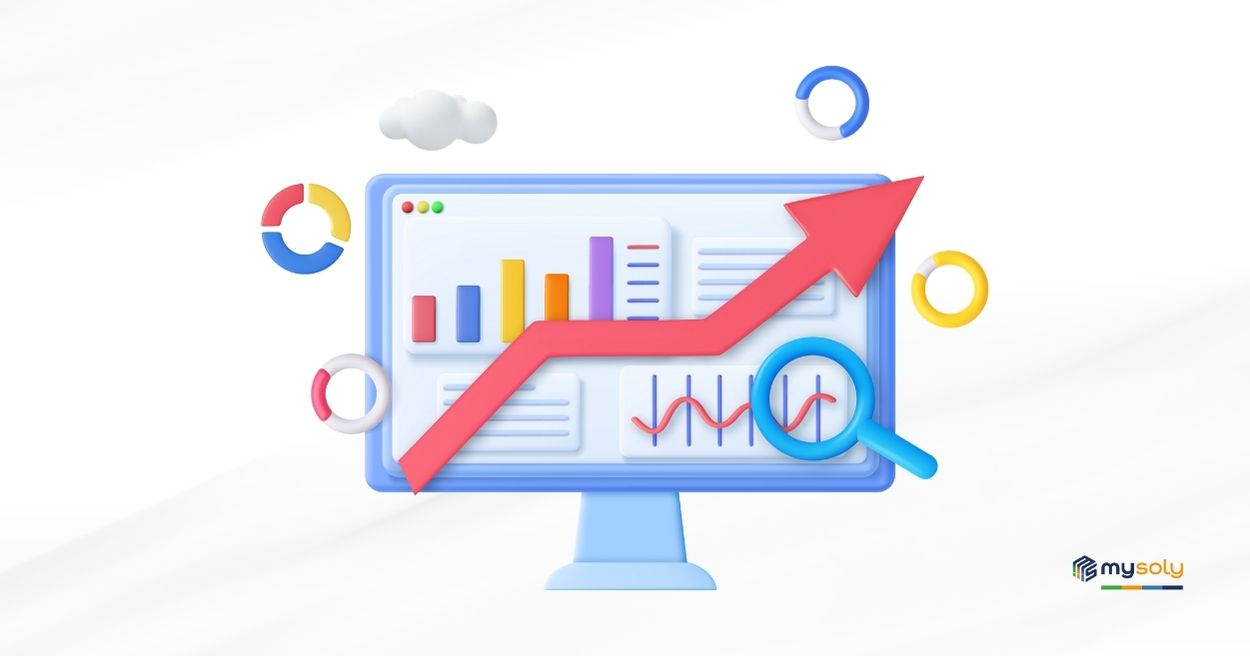Unstructured Data Optimization
Introduction
Unstructured data is a growing problem for many organizations. According to a report by International Data Corporation (IDC), it accounts for 80% of all data being created today. This type of data, which includes things like emails, documents, images, and video, is often difficult to manage. Therefore, it can lead to data silos and inefficiencies.
However, with the right approach, it’s possible to optimize unstructured data and get the most out of it. In this blog post, we’ll explore 5 tips for optimizing it.

1. Use metadata to organize and classify unstructured data
One of the challenges of unstructured data is that it’s often difficult to find and retrieve specific pieces of information. By using metadata, you can add context and structure to the data, making it easier to find and use. Metadata can include things like file names, keywords, and descriptions. In this way, it can be used to classify and organize data in a way that makes it more accessible and searchable.
2. Implement a data governance strategy
Data governance is the process of establishing policies and procedures for managing and protecting data. Thanks to a successful data governance strategy, you can ensure that unstructured data is managed and used in a consistent and secure manner. This can include things like establishing data ownership, setting standards for data quality, and creating a process for handling data requests and access.
3. Use data visualization to make unstructured data more accessible
Data visualization is the process of creating visual representations of data in order to communicate information clearly and effectively. Data visualization techniques can make unstructured data more accessible and easier to understand. For example, you can use charts, graphs, and maps to illustrate trends and patterns in data, or create interactive dashboards that allow users to explore data in more depth.
4. Leverage artificial intelligence and machine learning
Artificial intelligence (AI) and machine learning can be powerful tools for optimizing unstructured data. These technologies help you automate tasks like data classification, tagging, and analysis, freeing up time and resources for more valuable activities. For example, you can use natural language processing (NLP) to extract key information from the data. Also, machine learning algorithms can help you identify patterns and trends that might be otherwise difficult to spot.
5. Consider using a data management platform
A data management platform (DMP) is a centralized system that helps organizations manage and optimize data. Thanks to a DMP, you can bring all of your unstructured data together in one place, making it easier to find, use, and analyze. A DMP can also help you enforce data governance policies and ensure that data is being used in a consistent and compliant manner.

Conclusion
Unstructured data can be a challenge to manage, but with the right approach, it’s possible to optimize and get the most out of it. By using metadata, implementing a data governance strategy, using data visualization, leveraging AI and machine learning, and considering a data management platform, you can make your data more accessible, searchable, and valuable to your organization.
At Mysoly, we specialize in helping organizations optimize their unstructured data. Our team of experts can work with you to develop a customized strategy for managing and leveraging your data.
Contact us and learn more about our client solutions and how they can benefit your business.
Mysoly | Your partner in digital!



